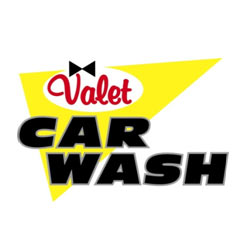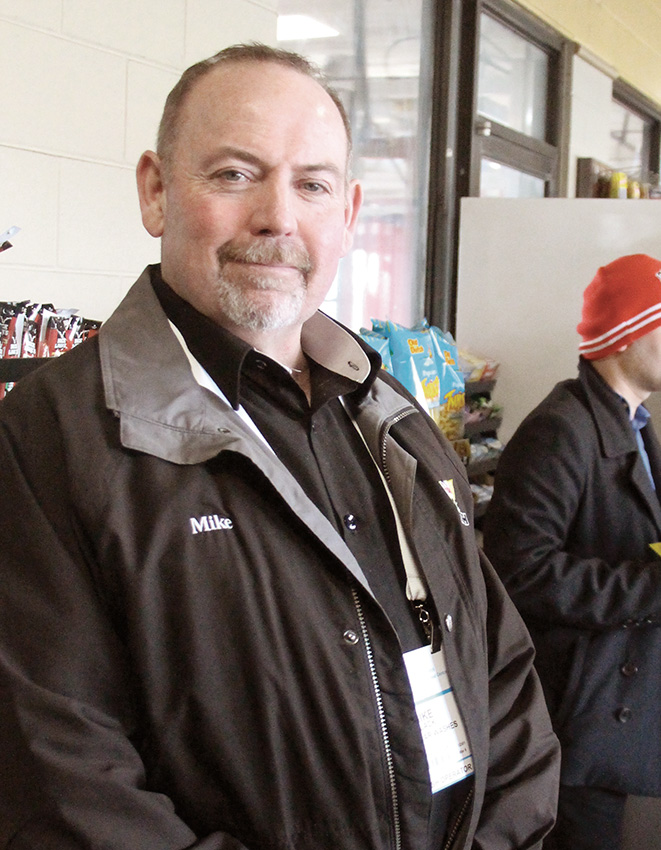Leading the way with mobile payment

On August 30, 2016 Valet Car Wash introduced mobile payments in the self-serve car wash bays at its Cambridge, ON location. We asked Valet’s co-owner Mike Black about the change.
OCTANE: Why did you make the decision to go mobile?

Mike Black: The self-serve industry as a whole has been declining for the past 10 years or so and there are some good reasons as to why, however, I believe one of the main reasons is that Millennials now make up 1/3 of the population. Unlike past generations that always carried cash and credit cards, this generation for the most part only carries a debit card and a cell phone. So I was looking for a way to attract this demographic of people by offering a payment technology that is geared towards them, not one developed for their grandparents. The self-serve industry is still using a 50-year-old payment system that just isn’t relevant with today’s tech-savvy customers.
Octane: How does the payment technology work? Can you speak to the costs involved in this adoption of technology?
MB: The technology is actually very simple for a customer to use. They simply scan a QR code in the bay, (each bay has its own code) then follow a few prompts, select from three time points and hit purchase. The customer can set up an account on their phone, which speeds up the process, once the payment information has been entered they don’t have to re-enter it each time into their phone or they can sign in as a guest. They can have a receipt sent to their phone or go into their account and see all past history and purchases. Typically, the costs are somewhere between $2,000-$3,000 per bay.
Octane: Mobile payment technology is something we’re hearing a lot about lately, especially with our neighbours to the south. Why was it important for Valet Car Wash to lead the Canadian industry on this? Will you roll this out to all eight sites eventually?
MB: Valet has always been known as a leader of technology in Canadian wash industry: we were the first car washes to install automated equipment to eliminate prepping and hand drying of vehicles in our tunnel washes; we had the first ICS Pay Stations in our express exterior washes; we were the first to adopt unlimited monthly recurring wash plans billed right to a customer’s credit card each month; and we were the first to offer “wash as long as you like” for one price in our self-serve bays. At our gas station in Guelph, we were one of the very first stations to install the new chip-and-pin card readers, long before it became mandatory. We were the first to install free vacuum farms at most of our locations. We are pilot testing this mobile payment program at our Cambridge location, and if successful, will roll it out at our two other self-serve locations in Guelph and Mississauga.
Octane: How have customers reacted so far? Do you find customers of all ages are welcoming of this technology, or is this more attractive to your Millennial customers?
MB: It’s a little soon to really know customers’ reactions. What we are finding though, is that like any new technology, it really helps to have an employee working in the bays helping customers understand the system. It’s very similar to the self-checkouts at many of the big box stores; customers are more inclined to use the self-checkout when there’s an employee nearby to help. What we are finding is that once a customer does try it and sees how easy and fast it is, they continue to use it. I figure it will take six months or so to really see how customers are adapting.
The main focus is going after Millennials but there are also several advantages to not having to take coin. As an example, because current change machines are made in the states and we use plastic money, which the US does not use, these machines are not the most reliable when it comes to accepting bills. Also the government now has so many variations of coins that most coin mechanisms can’t recognize all of them, which frustrates the customer. Also, since there is no longer any money in the bay boxes our vandalism and break-ins should go down. As well with mobile payment, the money will be in our bank account the next day so we no longer have to rely on having someone empty all the bays, sort and take it to the bank. We can also remotely, from any location in the world that has cell service, start a bay for a customer or employee who needs to clean it.
Octane: What advice can you offer to other operators looking to introduce mobile payment technology at their sites?
MB: You need to make sure you are informing your customers as to what’s happening and for a while it’s a good idea to have an employee in the bay showing customers how easy and safe it is to use. Like any new technology, customers might be a little apprehensive to use it but once they are shown how easy it is they are much more likely to use it again and tell others. I have been asked why not also keep coin as an option and the best explanation I have is that the US has tried to introduce a $1 coin three times in the past 15 years and it has failed every single time even though millions were spent trying to get people to use it. Canada was successful the first time around. Why? Because when Canada brought out the coin they imminently stopped producing the $1 bill, the US on the other hand couldn’t get the $1 bill out of circulation due to lobbyist and special interest groups. So even though it made a lot more sense to use a coin, people continued to use the bill because they were used to it. Given a choice, most people will stay with what they know, so by removing the coins my intention is they will give the phone a shot. Of course there will be some who will refuse or don’t have a phone, in which case they will be able to purchase tokens with bills or credit card in a centrally located token machine.
